new posts in all blogs
Viewing: Blog Posts Tagged with: racing, Most Recent at Top [Help]
Results 1 - 12 of 12
How to use this Page
You are viewing the most recent posts tagged with the words: racing in the JacketFlap blog reader. What is a tag? Think of a tag as a keyword or category label. Tags can both help you find posts on JacketFlap.com as well as provide an easy way for you to "remember" and classify posts for later recall. Try adding a tag yourself by clicking "Add a tag" below a post's header. Scroll down through the list of Recent Posts in the left column and click on a post title that sounds interesting. You can view all posts from a specific blog by clicking the Blog name in the right column, or you can click a 'More Posts from this Blog' link in any individual post.
Yesterday I came down with spring fever. The temperature got up to an unseasonable 57F/14C. The spring fever outbreak was of epidemic proportions in the city causing people to go outside without coats on! There were people out running and cycling, walking dogs and children. I walked out onto my deck with bare feet and stood in the sun, face upturned, as though I were a sunflower. It felt delicious.
I had a window open for a while for the cats and when they weren’t fighting over who got to sit in the window where there was plenty of room for both of them but neither wanted to share, their noses were plastered to the screen. Then, for no reason that I could discern, one or the other of them would go running around the house, scrabbling across the furniture and skidding around corners on the wood floors.
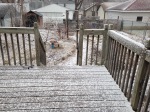
Fickle spring
But what a difference a day makes in more ways than one. So much restless energy let off yesterday and today, rain turning to sleet and then to snow. Waldo and Dickens were mad at me for not opening the window again. Since they didn’t pull out enough of each other’s fur yesterday they had a few more rounds today. Finally they have settled down and are curled up together sleeping as I type this.
Seed sprouting is coming along nicely. The leeks and onions are looking good. The peppers have not yet sprouted but they are getting close. They take a long time to get going which I found out too late last year. But I am getting a nice and early start this year. Today I made more newspaper pots and seeded tomatoes —pink brandywine, pink ponderosa, Cherokee purple, and Evan’s purple pear — and celery. I had no luck at all with the celery last year and since I have seeds leftover I thought I would give it another try.
While I am making newspaper pots I can’t help but notice article headlines. Of course the news is generally bad (terrorism, Syria, ISIS, climate change) or infuriating (presidential election campaigning). I was beginning to get a bit down about it all today and then I realized that all the bad stuff in the paper, I am turning it into good stuff. Pots for starting vegetables and soon herbs and flowers. And newspaper, being compostable and good for the soil, will get planted right into the ground with the vegetable plants in May. So then I couldn’t help but smile over turning bad news into sweet onions, spicy peppers and juicy tomatoes. If only my reach went beyond newspapers.
Some of you have mentioned you are interested in making your own paper pots. Here is the YouTube how-to video for the pots I use:
The pots are a really good size. You don’t need to be precise in your folding. After making a couple it gets really easy and you don’t have to think about it. A good activity while watching Netflix. Be aware though that the more you make, the inkier your hands will get so don’t plan on touching anything while you are working.
Cycling

QOM, sprint and lap jersey all at the same time
I’m still cycling indoors on Zwift. For a time last week on one of my sessions I had the women’s QOM (queen of the mountain), sprint and fastest lap jersey all at once. I had to take a screen shot to mark the occasion.
I am part of a women’s only group and Wednesday I led my first virtual group ride. The women’s group has two rides that leave at the same time, a fast ride and a slow ride. We start off together at 1.5 w/kg until a certain point in the course and then the fast group increases to 2w/kg (and then 2.5 w/kg on the second and third laps with an all out sprint to finish) while the slow group continues and does 3 laps (about 19 miles/30km) at a constant 1.5 w/kg.
I’ve ridden with the fast group the last few weeks but Tuesday night I had a hard workout and needed a slow recovery ride. No one had volunteered to lead the slow group and I asked if there was going to be a slow ride and who was leading. It turned into one of those because-I-asked-I-got-volunteered situations. So I led the slow group.
We were a pack of five and stuck together tight even on the hills (we found out later the fast group fell apart at the end of the first lap and we felt quite pleased with how well our group did). We all had a great time and they asked if I would lead again and even consider being the regular ride leader. I was so flattered, how could I say no? Hopefully it goes just as well this coming Wednesday night and wasn’t just a fluke.
The women have also started some women-only racing which is great because even though I have been doing the open racing on Zwift every Thursday night since January, it’s all men and pretty much a stupid free-for-all. The women race on Saturday afternoon every other week and so far we’ve had two races and they’ve been great with everyone following the rules and encouraging each other. In yesterday’s race I finished 14th in a field of 22 and I had a great fun time.
My goal for the next race is to really concentrate on strategy and making sure I am at the front of the pack when we cross the start line so I don’t get dropped off the back and end up racing alone and having to work twice as hard as the people up front in the pack.
I just found out there is a real life women’s gravel road race at the end of May a half hour’s drive south of the Twin Cities. And it’s free, no entry fee. It’s only 33 miles/50 km which is a totally doable distance for me without any extra training. Astrid, however, is a road bike designed for smooth narrow tires and pavement. We rode on gravel trails every week last summer but the gravel we rode on was crushed and packed and almost like pavement. The internet informs me I can get some tires for Astrid that will work better on gravel, slightly wider with a little tread. I’ll have to talk with the folks at my local bike shop and find out if it is true. I hope so!
Filed under:
biking,
gardening Tagged:
gravel,
racing,
seed starting,
Zwift 

By:
Sue Morris @ KidLitReviews,
on 11/21/2015
Blog:
Kid Lit Reviews
(
Login to Add to MyJacketFlap)
JacketFlap tags:
racing,
vocabulary words,
5stars,
Library Donated Books,
Josh Funk,
Lady Pancake and Sir French Toast,
Children's Books,
Picture Book,
friendship,
Brendan Kearney,
Sterling Children’s Books,
sharing,
Debut Author,
Add a tag
Lady Pancake & Sir French Toast Written by Josh Funk Illustrated by Brendan Kearney Sterling Children’s Books 9/01/2015 978-1-4549-1404-4 32 pages Ages 4—8 “He race is on . . . “Lady Pancake ad Sir French Toast are the best of friend until word gets out that there’s ONLY ONE DROP OF …
Hey everybody! It's Louisa again. This book I am reviewing The Running Dream by Wendelin Van Draanen, one of my favorite books of all time.
If I was stuck on a desert island and could only bring one book, it would be The Running Dream, by Wendelin Van Draanen. This book is one of those books you could read a billion times, and never get tired of. Jessica Carlisle is sixteen years old and loves to run. She's a record breaking member of her high school's track team. On the way home from a meet the team bus is involved in a horrific accident. The collision kills one girl, and causes Jessica to lose a leg. Jessica's world is turned upside down. Running is her life! She doesn't know what to do without her leg. Some days, Jessica wonders if the girl who died didn't get the better end of the deal. No pain, no recovery, just peace and quiet. Finally, Jessica plucks up the courage to go back to school. She befriends Rosa, a girl with cerebral palsy who helps Jessica with math, and inspires her to look towards a future full of hope and new beginnings. Jessica has always been very determined, and so she naturally begins to wonder if it would be possible not only to learn to walk, but learn to run, too.With the help and support of her family and friends, she makes progress with her leg, and learns a lot about herself along the way.
Hope you enjoyed it, and be sure to check out this book because it's amazing!!!!!!!!!!!!!!
-Louisa

By: Sara Pinotti,
on 6/28/2014
Blog:
OUPblog
(
Login to Add to MyJacketFlap)
JacketFlap tags:
Europe,
DNA,
watson,
tour de france,
leeds,
racing,
rosalind franklin,
*Featured,
Physics & Chemistry,
Science & Medicine,
Earth & Life Sciences,
bradley wiggins,
James Watson,
Kersten Hall,
pierre rolland,
team europcar,
the man in the monkeynut coat,
astbury,
helical,
fibres,
Add a tag
By Kersten Hall
It is a safe bet that the name of Pierre Rolland rings very few bells among the British public. In 2012, Rolland, riding for Team Europcar finished in eighth place in the overall final classifications of the Tour de France whilst Sir Bradley Wiggins has since become a household name following his fantastic achievement of being the first British person ever to win the most famous cycle race in the world.
In the world of sport, we remember a winner. But the history of science is often also described in similar terms – as a tale of winners and losers racing to the finish line. Nowhere is this more true than in the story of the discovery of the structure of DNA. When James Watson’s book, The Double Helix was published in 1968, it depicted science as a frantic and often ruthless race in which the winner clearly took all. In Watson’s account, it was he and his Cambridge colleague Francis Crick who were first to cross the finish line, with their competitors Rosalind Franklin at Kings College, London and Linus Pauling at Caltech, Pasadena trailing in behind.
There is no denying the importance of Watson and Crick’s achievement: their double-helical model of DNA not only answered fundamental questions in biology such as how organisms pass on hereditary traits from one generation to the next but also heralded the advent of genetic engineering and the production of vital new medicines such as recombinant insulin. But it is worth asking whether this portrayal of science as a breathless race to the finish line with only winners and losers, is necessarily an accurate one. And perhaps more importantly, does it actually obscure the way that science really works?
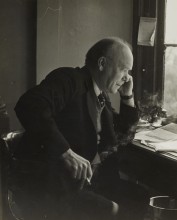
William Astbury. Reproduced with the permission of Leeds University Library
To illustrate this point, it is worth remembering that Watson and Crick obtained a vital clue to solving the double-helix thanks to a photograph taken by the crystallographer Rosalind Franklin. Labelled in her lab notes as ‘Photo 51′, it showed a pattern of black spots arranged in the shape of a cross, formed when X-rays were diffracted by fibres of DNA. The effect of this image on Watson was dramatic. The sight of the black cross, he later said, made his jaw drop and pulse race for he knew that this pattern could only arise from a molecule that was helical in shape.
In recognition of its importance in the discovery of the double-helical structure of DNA, a plaque on the wall outside King’s College, London where Franklin worked now hails ‘Photo 51‘ as being ‘one of the world’s most important photographs’. Yet curiously, neither Watson nor Franklin had been the first to observe this striking cross pattern. For almost a year earlier, the physicist William Astbury working in his lab at Leeds had obtained an almost identical X-ray diffraction pattern of DNA.
Yet despite obtaining this clue that would prove to be so vital to Watson and Crick, Astbury never solved the double-helical structure himself and whilst the Cambridge duo went to win the Nobel Prize for their work, Astbury remains largely forgotten.
But to dismiss him as a mere ‘also-ran’ in the race for the double-helix would be both harsh and hasty: the questions that Astbury was asking and the aims of his research were subtly but significantly different to those of Watson and Crick. The Cambridge duo were solely focussed on DNA, whereas Astbury felt that by studying a wide range of biological fibres from wool to bacterial flagella, he might uncover some deep common theme based on molecular shape that could unify the whole of biology. It was this emphasis on the molecular shape of fibres and how these shapes could change that formed his core definition of the new science of ‘molecular biology’ which he helped to found and popularise, and one that has had a profound impact on modern biology and medicine.
On 5th July this year, Leeds will host ‘Le Grand Depart’ – the start of the 2014 Tour de France. As the contestants begin to climb the hills of Yorkshire each will no doubt harbour dreams of wearing the coveted yellow jersey and all will have their sights firmly fixed on crossing the same ultimate finishing line. At first sight scientific discovery may also appear to be a race towards a single finish line, but in truth it is a much more muddled affair rather like a badly organised school sports day in which several races all taking place in different directions and over different distances became jumbled together. For this reason it makes little sense to think of Astbury as having ‘lost’ the race for DNA to Watson and Crick. That Leeds was chosen to host the start of the 2014 Tour de France, is an honour for which the city can take pride, but in the life and work of William Astbury it also has a scientific heritage of which it can be equally proud.
Kersten Hall is graduated from St. Anne’s College, Oxford with a degree in biochemistry, before embarking on a PhD at the University of Leeds using molecular biology to study how viruses evade the human immune system. He then worked as a Research Fellow in the School of Medicine at Leeds during which time he developed a keen interest in the historical and philosophical roots of molecular biology. He is now Visiting Fellow in the School of Philosophy, Religion and History of Science, where his research focuses on the origins of molecular biology and in particular the role of the pioneering physicist William T. Astbury and the work of Sir William and Lawrence Bragg. He is the author of The Man in the Monkeynut Coat.
Subscribe to the OUPblog via email or RSS.
Subscribe to only physics and chemistry articles on the OUPblog via email or RSS.
Image credit: William Astbury, Reproduced with the permission of Leeds University Library
The post The Man in the Monkeynut Coat and the men in the yellow jerseys appeared first on OUPblog.


By: Kenneth Kit Lamug,
on 4/30/2014
Blog:
RabbleBoy
(
Login to Add to MyJacketFlap)
JacketFlap tags:
picture book,
Bees,
Bears,
children's picture book,
racing,
Void,
grand prix,
Kip Noschese,
scbwi,
Add a tag
 OTTO: The Boy Who Loved Cars, my latest picture book with illustrator Scott Magoon, is the story of what happens to a boy who loves one thing a little too much. It wasn’t too hard for me to write, considering my husband, Scott (not Magoon!), is a car-fanatic. Scott inherited this fervor from his father, who used to race Porsches and Triumphs and Jaguars back in the 1960s.
OTTO: The Boy Who Loved Cars, my latest picture book with illustrator Scott Magoon, is the story of what happens to a boy who loves one thing a little too much. It wasn’t too hard for me to write, considering my husband, Scott (not Magoon!), is a car-fanatic. Scott inherited this fervor from his father, who used to race Porsches and Triumphs and Jaguars back in the 1960s.
Here’s a photo of Scott’s father driving a Porsche 356 in 1962:

When Scott’s father passed away, my husband inherited something else from him: his 1967 Porsche 911S. The car needed a LOT of TLC, as it had been sitting up on blocks in Scott’s father’s garage for decades. My husband started the process of restoring it right around the time we first started dating, and it was finished a few days before we got married. In fact, the first time I sat in the canary-yellow Porsche was when we drove away from our wedding; it made the coolest getaway car!
Mini Racer. Kristy Dempsey. Illustrated by Bridget Strevens-Marzo. 2011. Bloomsbury. 32 pages.
Start your engines! Time to race, round the corners, take your place.Ready, steady; green light, go!Mini Racer won't go slow.Out the gate and down the hill,jump a speed bump, show your skill!Over, under, in, and through,obstacles are tough to do.The animals are the drivers of the race cars in this one. And it's just a cute, fun story. It's fun. It's playful. It rhymes. The good kind of rhyme--you know, the kind with actual rhythm. The illustrations are bright, colorful, and match the playful spirit of the text. There are some GREAT details in the illustrations. The things that you probably won't notice until the second time through.
© 2011 Becky Laney of
Young Readers

By:
Nina Mata,
on 10/25/2010
Blog:
Beautifique
(
Login to Add to MyJacketFlap)
JacketFlap tags:
spot illustration,
digital illustration,
racing,
beautifique illustrations,
illustration by nina mata,
kids racing,
sore loser,
photoshop,
illustration friday,
winning,
Illustrations,
children's illustration,
vector,
textures,
Add a tag
 There’s nothing worse than losing a pretend race…
There’s nothing worse than losing a pretend race…
Oh how I love to play with textures and different patterns. Here’s a quickie for this week. A scene based on my childhood. For some reason I would always lose in these sofa races my cousin would make me play…she was really good ..
HAPPY MONDAY!

By:
sketched out,
on 10/23/2010
Blog:
sketched out
(
Login to Add to MyJacketFlap)
JacketFlap tags:
classroom,
alien,
alien teacher,
illustration,
drawing,
humor,
sketch,
illustration friday,
cartoon,
monsters,
children's illustration,
sketchbook,
sketching,
teacher,
racing,
Add a tag

Review
Hayseed’s First Race is a classic story of an underdog who wins the day. Hayseed is a funny looking horse and certainly no thoroughbred, but he is happy with who and what he is. When he comes to run his first race, he is taunted by his rival ‘Prince Perfect’ (who believes he lives up to his name). Prince Perfect tells him he does not belong and Hayseed begins to doubt himself. Then he remembers his mother’s advice to love himself for who he is and wins the race by a photo finish.
Any child who is a ‘little bit different’ will identify with Hayseed and the story encourages them to have confidence in themselves. Maybe too, those ‘Prince Perfects’ will learn to be more tolerant and accepting.
Sally Schrock’s bright and humorous cartoons make this a picture book to treasure.
Exclusively available from http://www.caballopress.com/HayseedBook.html
.jpeg?picon=3239)
By: Angela Cater,
on 3/25/2010
Blog:
The Bookworm Reads
(
Login to Add to MyJacketFlap)
JacketFlap tags:
children's picture books,
deafness,
racing,
Rumiko Takahashi,
Sally Schrock,
Hayao Miyazake,
race horse,
Hayseed's First Race,
bullying,
manga,
Add a tag

Please can you tell us a little about your childhood and background?
I was born in Kansas City, Missouri, the oldest of three children. As a toddler, I was diagnosed as being profoundly deaf, the result of my mother contracting rubella, or German measles, during her pregnancy. As a child, I was fitted with my first hearing aid and enrolled in a special preschool for hearing-impaired and deaf children, during which time I learned to speak and lip-read with the help of my mother, who by that time had gone back to college to earn her master’s degree in audiology. I was mainstreamed into a regular classroom in the fourth grade and remained in the public school system until I graduated from Olathe (Kansas) North High School.
Was it difficult to adjust to that?
It wasn’t all that much of a challenge for me because I already felt very comfortable around most hearing people, especially my family. I have rarely ever had any problems communicating with most people, and vice versa, and that carried over into a mainstreamed classroom. If I had grown up using sign language as my main form of communication, it would have been considerably more difficult to become integrated into a hearing environment – but since my parents insisted that I learn how to speak and lipread, I didn’t have all that much trouble adjusting.
How were you treated by hearing children? Were you picked on for being deaf?
Yes, this happened more in grade school, especially with boys who made fun of me, but they were pretty isolated incidents for the most part. Once I got into junior high school, I was treated pretty much like anyone else and nobody made my deafness an issue then.
Did you study further than high school?
Yes, I went on to Washington, D.C., where I earned a B.A. in English at Gallaudet College, the world’s only liberal-arts institution of higher learning for the deaf and hearing-impaired.
When and how did you first become an illustrator?
It was at a very young age when I discovered my passion for art and horses, two loves that naturally went hand in hand. Quite often during class I would take a pencil and draw realistic sketches of horses in the margins of my notebook when I was supposed to be paying attention to the teacher. It wasn’t until I was a sophomore at Gallaudet that I found out I could draw cartoons, and Hayseed was “born” in 1981 on the college campus there. I have been drawing him ever since.
What is the inspiration behind Hayseed?
Well, Hayseed is loosely based on an Appaloosa gelding I owned as a teenager, named Rainbeau Shayne, or Shayne, as I called him. Hayseed actually has a number of influences. The one thing that inspired me to draw him in the first place was a Bernard Kliban cartoon of a cat wearing tennis shoes on all four feet. I also have a very old birthday card with a horse on the front that must have been in the back of my mind when I drew Hayseed for the first time. When I came across it after Hayseed was created, I was amazed at the similarities between Hayseed and that greeting card horse.
Who and what has influenced you artistically?
My early artistic influences came from Walt Disney’s classic animated films, and more recently, Pixar Animation Studios’ brilliantly innovative 3D comedies and Japanese animation director Hayao Miyazaki (“Spirited Away”
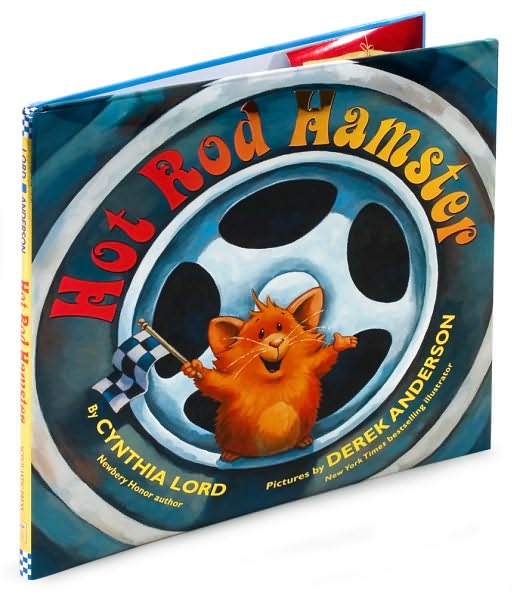
Hot Rod Hamster. Cynthia Lord. Illustrated by Derek Anderson. 2010. February 2010. Scholastic. 40 pages.
Great day, grin day, build a car to win day,
Cheer day, chase day, gonna have a race day!
"I need a hot rod!"
"A hot rod for a hamster? You'll need something very small."
"And fast!"
This hamster has big, big dreams! He wants to build a racing car! And he may have come to the right place. He gets to build his dream car. Choose for himself just what he needs, what he wants!
For example,
Old car, new car, shiny painted blue car,
Rust car, clean car, itty-bitty green car.
Which would you choose?

Readers get asked to "choose" on each spread. They can then turn the page to see what the hamster decided.
What did I like about this one? I liked the rhythm of it. The steady-beat-of it. I also thought it was a funny book. Now I'm not one to automatically think a book about racing hamsters is cute or funny. But this one somewhere along the way won me over.
I think the bold illustrations are a plus as well!
© Becky Laney of
Young Readers






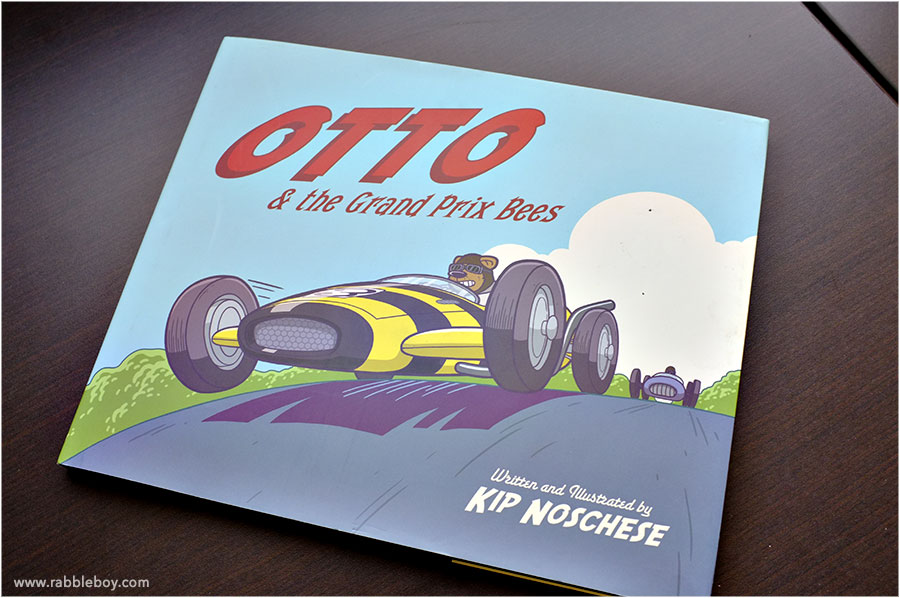
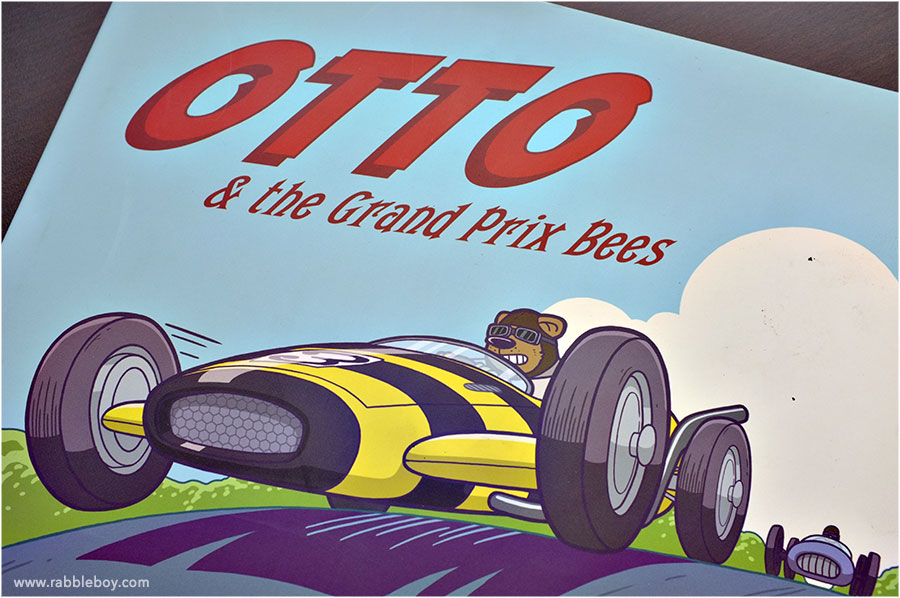
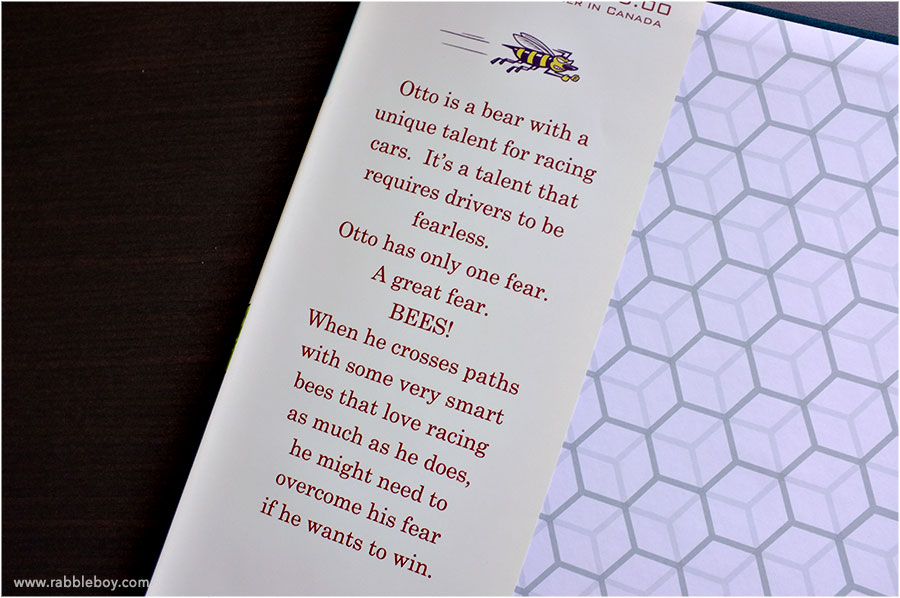
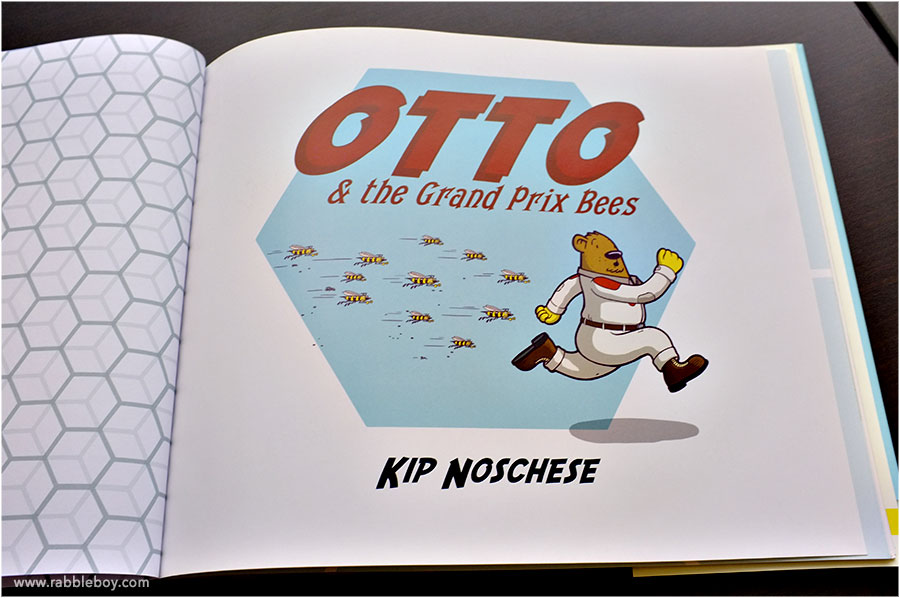
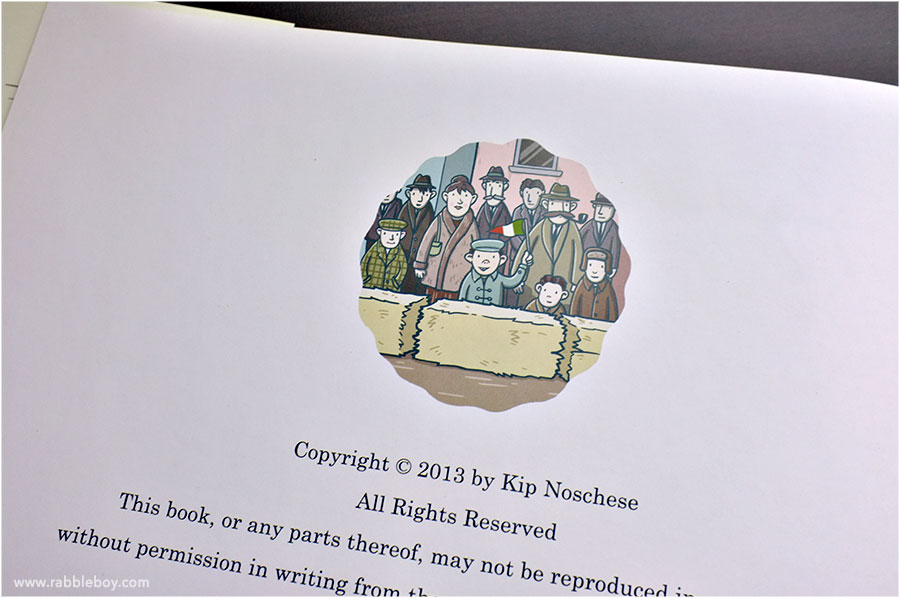
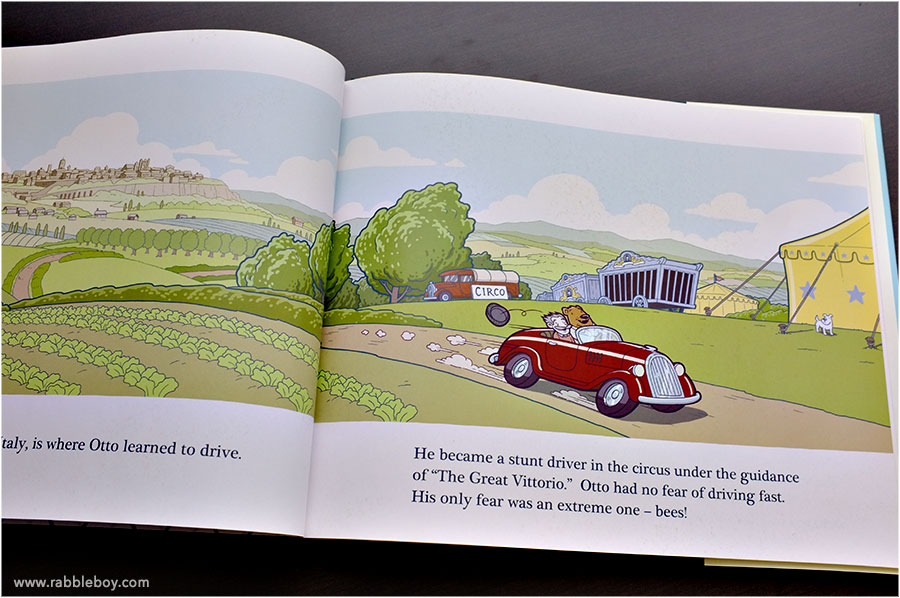
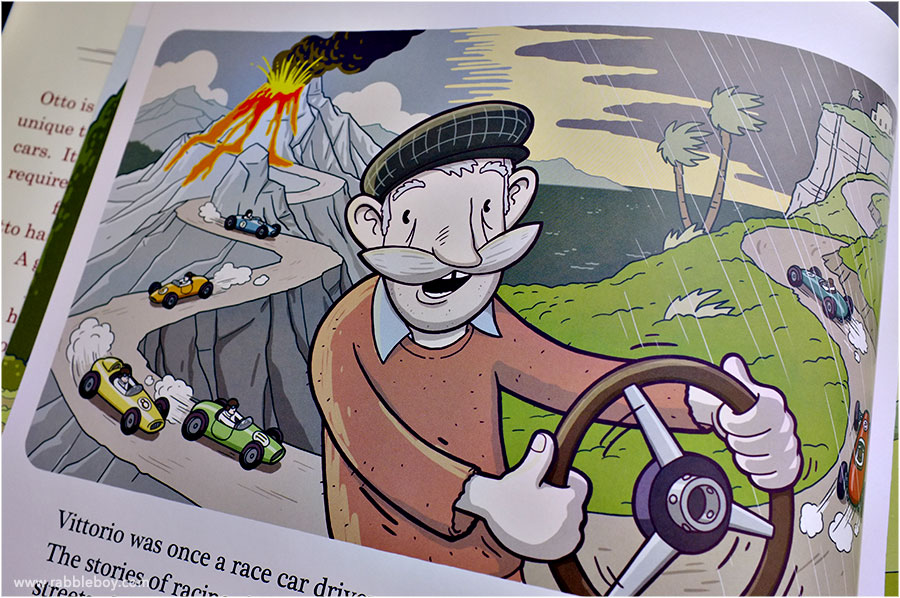
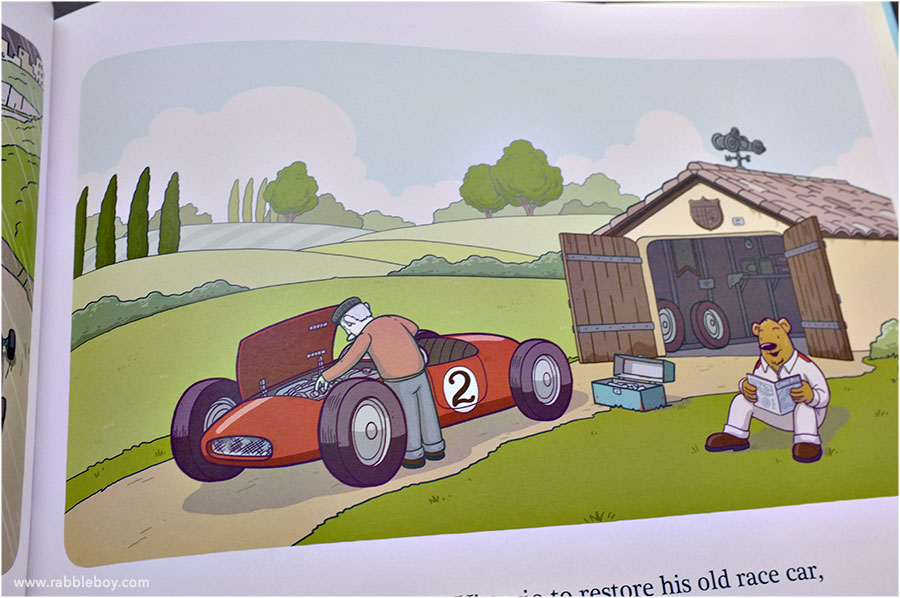
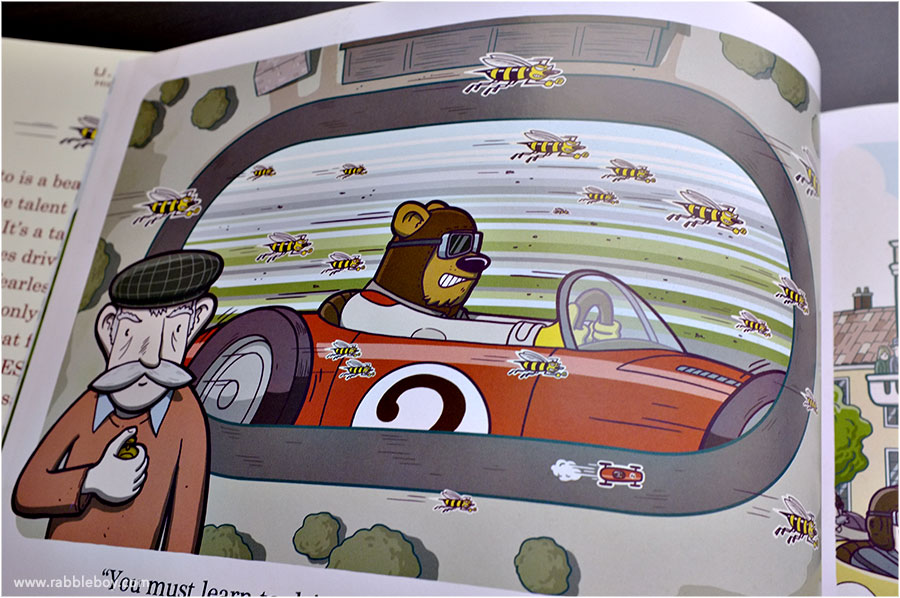
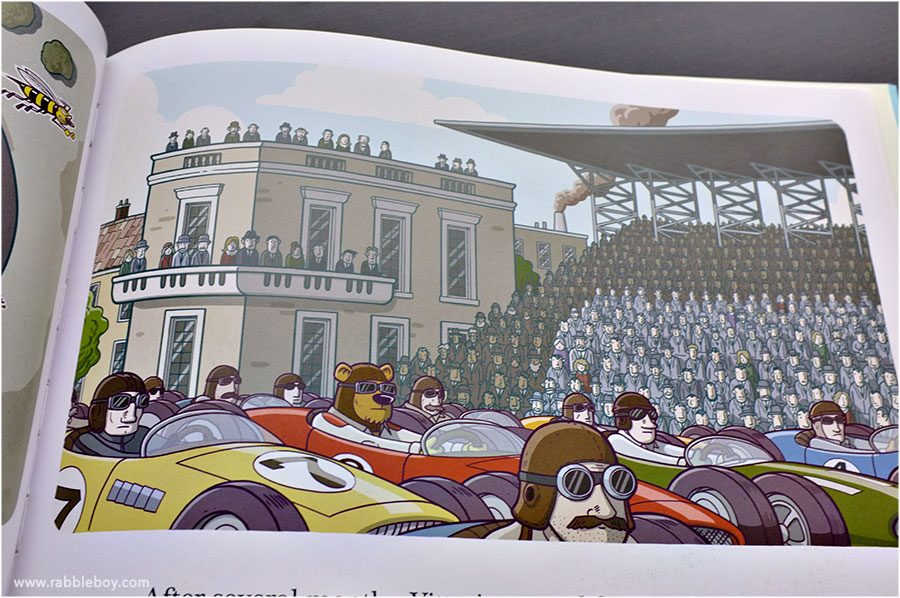
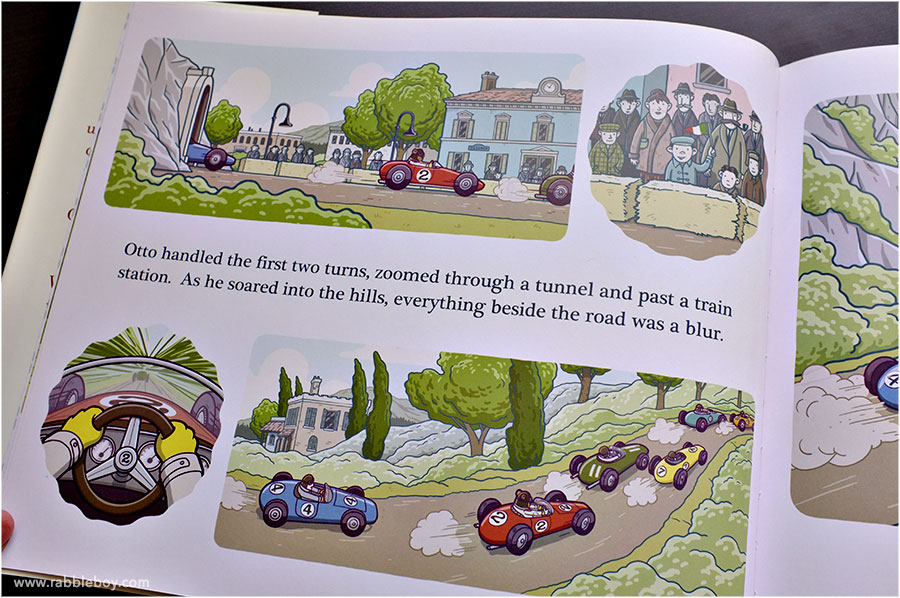
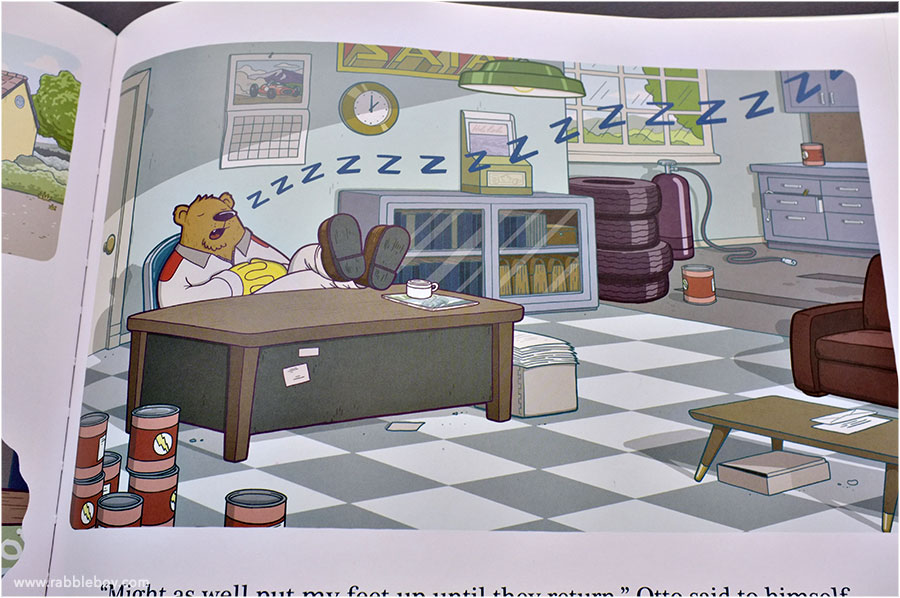
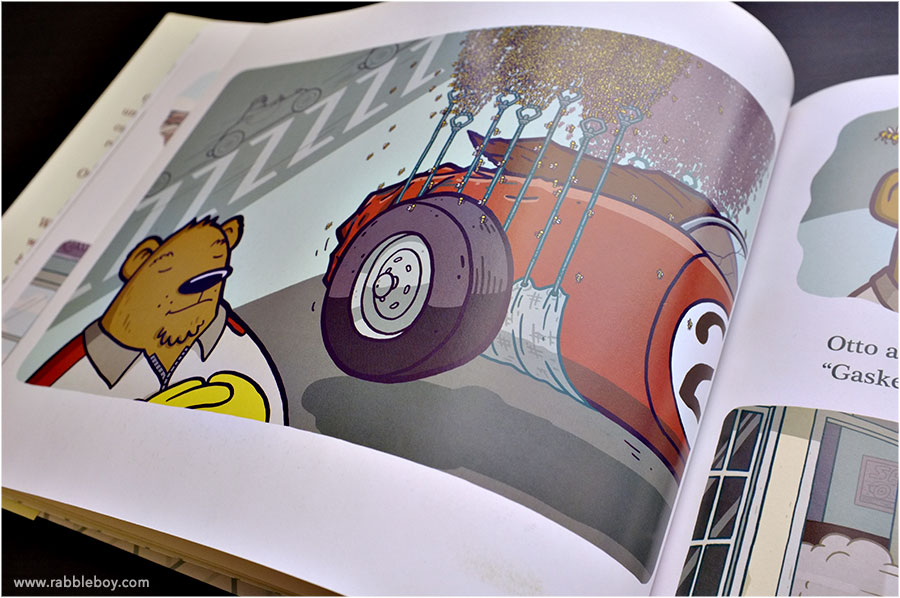
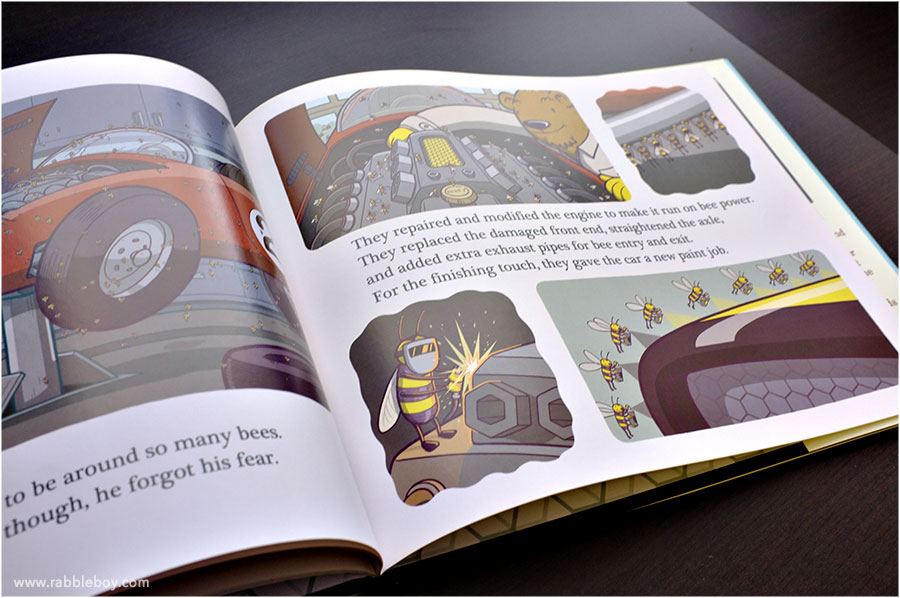
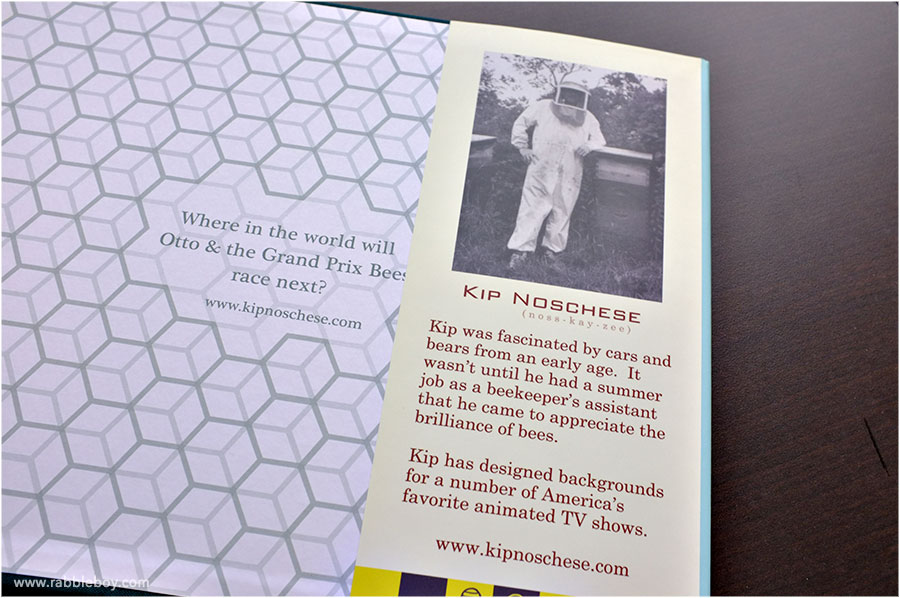
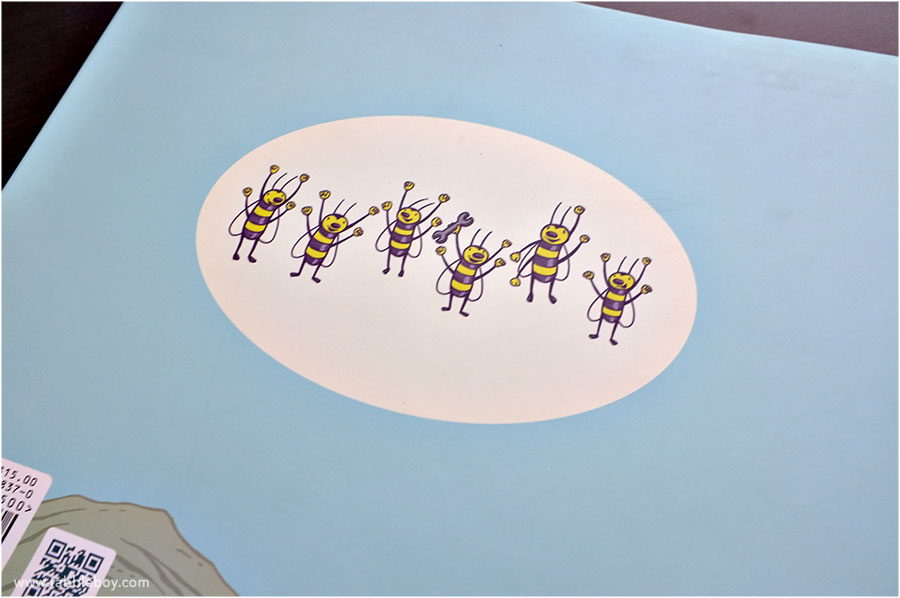


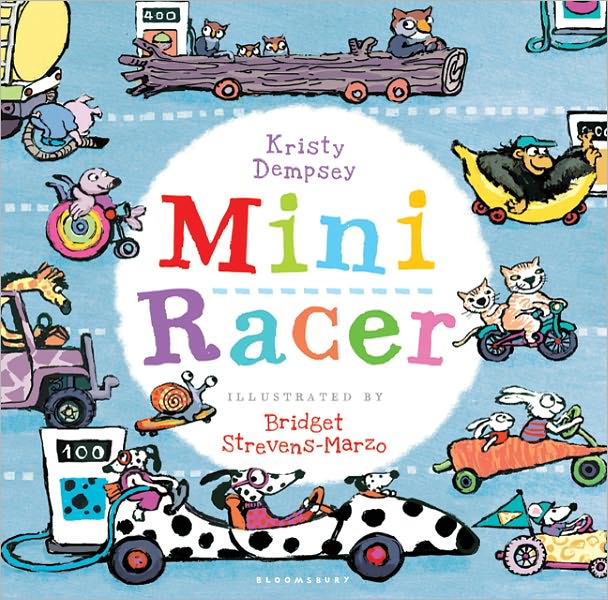
 There’s nothing worse than losing a pretend race…
There’s nothing worse than losing a pretend race…




OK, love the texture on the tail. Absolutely darling.
Great illustration!! That would definitely get my heart racing!! Really made me smile!
sssssssskkkketchie! how in the wide-wide-world-of sports are ya??? ))
))
haven’t been here in ages, too darn spazzy busy to lift my head up these days but now i kinda…WAIT. YOUUUUU listen to RADIO PARADISE? mee too! ooo! every day! we share that! soo cool!
so didja get my “oil spill stuff” from the summer? are you working on books (should i have done this in an email??)
this is a wonnnnderful piece and your sketching line style is meeting up with your digi prowess! fantastic stuff!
hope you are verry well, sketchie!
frogs
Ha Ha Ha!!!
Funny!!!!!
very good job. Excellent drawing!
Amazing piece!Love the idea and colors!
Wonderful, I love the tail
Love It
So weird. Love it!
Haha! Funny! Great composition!
HAAAAA! Wonderful, I love the way you think!